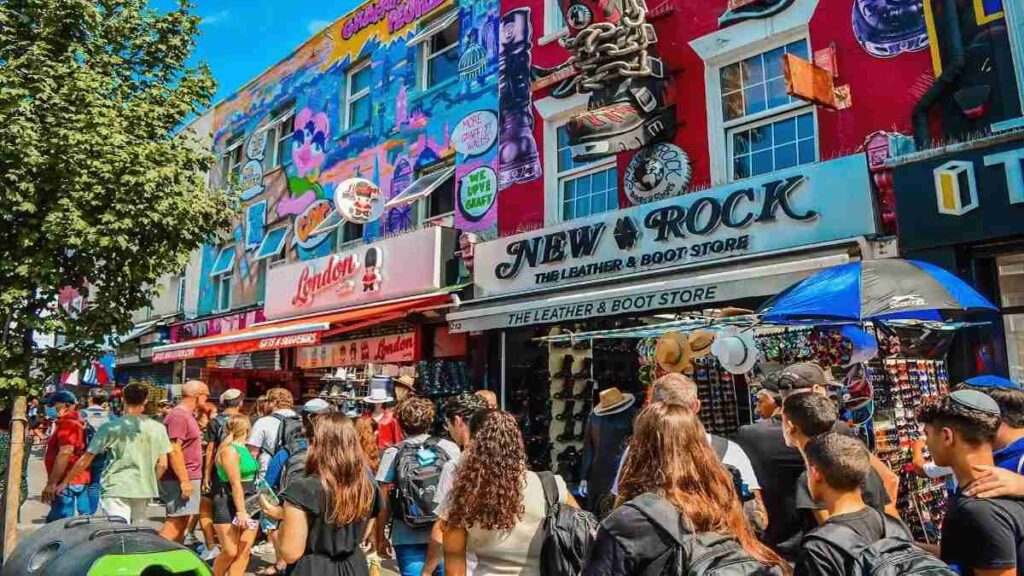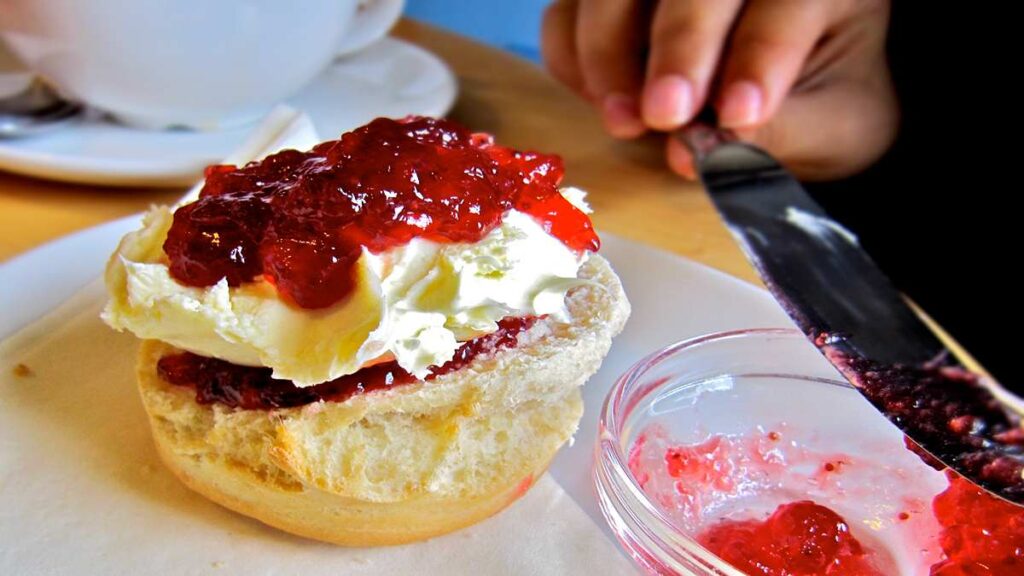
Planning your family trips to London England needs more work than just booking flights. This guide makes hard research simple. It saves money, cuts stress, and creates memories your kids will love for years. London’s size demands good planning. The reward gives learning experiences that school books can’t match.
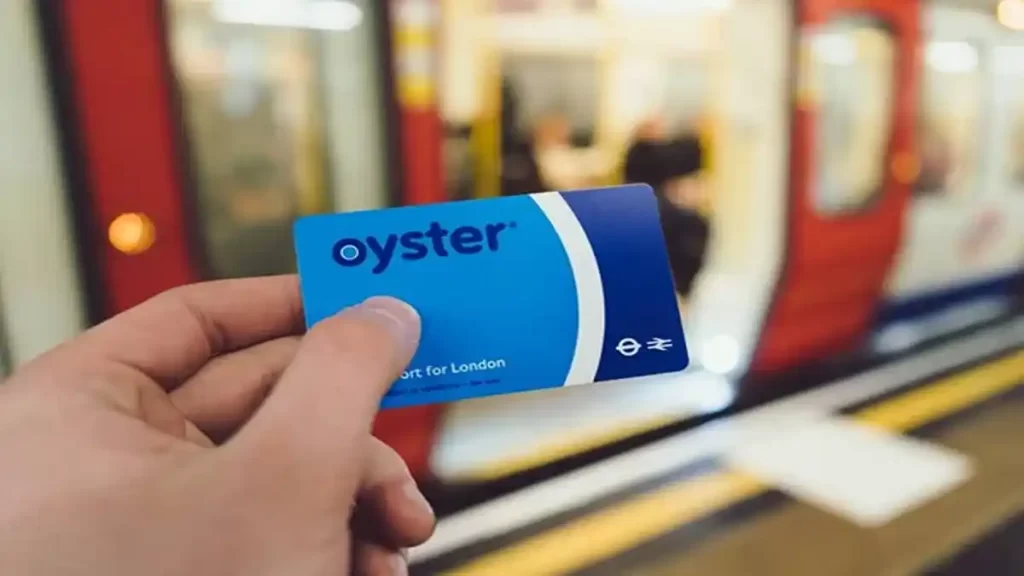
Getting Around London with Your Family
Getting around London with kids gets easier when you know the transport system. You need to learn timing patterns too. The Underground runs like clockwork during busy hours. However, weekend work can mess up perfect plans. This happens if you don’t have backup routes.
Multi-Modal Transportation Framework
Your transport success depends on mixing different ways to get around instead of just using the Tube. Black cabs cost much more but take you door-to-door. This helps when you’re carrying tired kids and shopping bags. Bus routes give street-level views while moving between places. Journey times get unpredictable during London’s bad traffic.
Transport costs consume roughly 15-20% of total family trips to London England budgets when planned properly:
- Oyster Cards provide the best value at £15 daily cap for unlimited travel
- Children under 11 travel free with accompanying adults
- Black cabs cost £3-4 base fare plus £2.40 per mile, making them expensive but sometimes necessary for tired families
- Bus single journeys charge £1.75 with contactless payment and offer excellent sightseeing opportunities
Pro Tip: Download Citymapper before arriving. It calculates real-time journey options including stairs, lifts, and step-free access. This proves crucial for families with pushchairs.
Advance booking becomes key for airport transfers when travelling with kids. Children need regular nap times. Heathrow Express tickets cost 50% less when bought online 90 days early. Reserved seats remove the stress of finding space for luggage and buggies.
This matters during busy travel times. National Rail services to central London give backup routes when Underground problems happen. Journey times get much longer during rush hours.
Seasonal Transportation Considerations
Winter transport requires additional planning when snow or ice affects services. London’s transport network rarely closes completely. Summer crowds triple journey times on popular routes like the District Line to Tower Hill. This makes alternative routes essential for maintaining schedules. Evening transport operates reduced frequencies after midnight. This requires careful planning for theatre visits or late dinners.
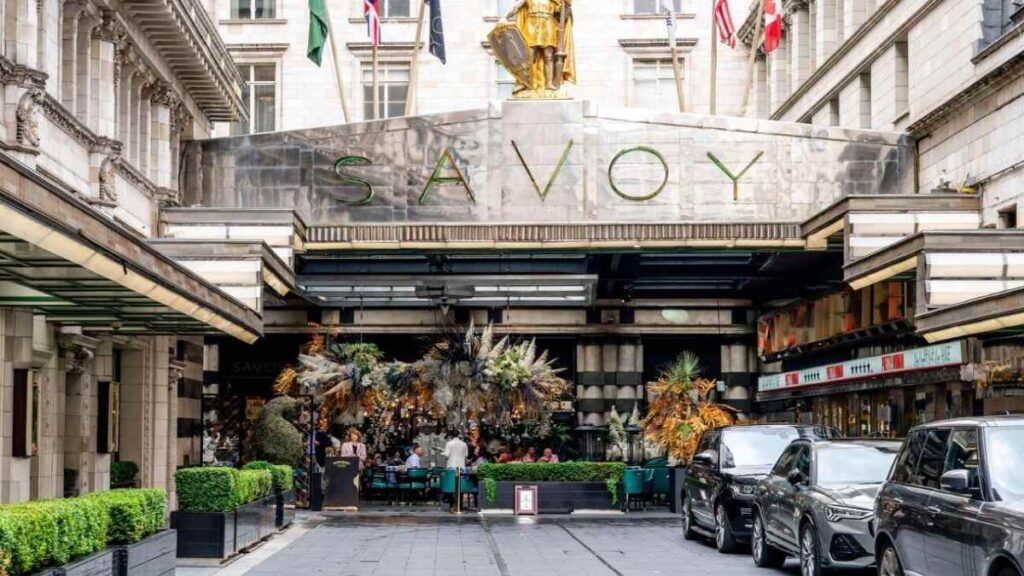
Choosing Where to Stay in London
Choosing where to stay determines whether your London adventure flows seamlessly. Otherwise, it becomes a daily logistics nightmare. Central London hotels charge premium rates but eliminate lengthy commutes. These commutes exhaust children before attractions even open. Zone 2 locations offer 40-60% savings whilst maintaining reasonable access to major sights. Good Underground connections make this possible.
Location Analysis by Family Priorities
Your accommodation choice should match your family’s energy levels and budget constraints. Don’t follow generic “best areas” recommendations. Covent Garden provides walking access to multiple attractions. Street noise continues past midnight, making sleep difficult for young children.
South Kensington offers museum proximity and quieter residential streets. Restaurant options become limited after 9 PM. Grocery shopping requires planning ahead.
Places to stay consume 35-45% of total family trips to London England costs, making careful selection essential for budget management:
- Luxury hotels like The Savoy and Claridge’s charge £400-800 per night with concierge services that save planning time
- Mid-range chains such as Premier Inn and Travelodge cost £80-150 per night with family rooms accommodating four people
- Serviced apartments range £120-250 per night with kitchen facilities for meal preparation
- Hostels with private family rooms cost £60-120 per night in Zone 2 locations
Pro Tip: Book serviced apartments for stays longer than four nights. Kitchen access reduces meal costs by approximately 40%. It also provides familiar foods for fussy eaters.
Essential Accommodation Features
Your booking checklist must include features that standard travel websites don’t emphasise. These prove crucial for family comfort. Air conditioning becomes non-negotiable during summer months. London’s Victorian buildings trap heat like ovens. This creates uncomfortable sleeping conditions that disrupt children’s schedules.
Blackout curtains help children maintain sleep schedules despite London’s extended summer daylight hours. Daylight continues until 10 PM. Sound insulation proves critical near busy roads like Oxford Street or Piccadilly. Traffic and pedestrian noise continues throughout the night.
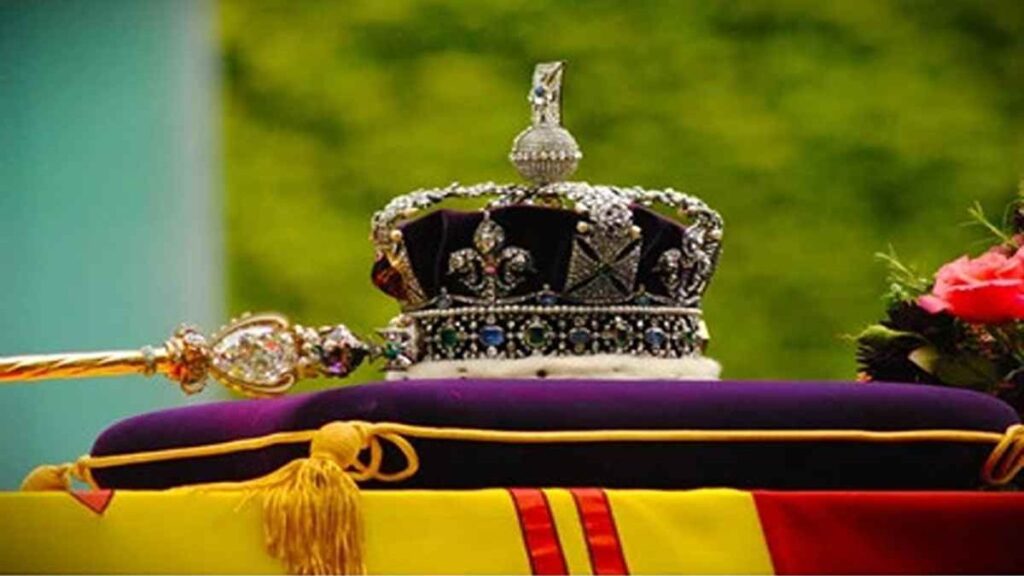
Planning Your London Attractions
Managing London’s overwhelming attraction options requires careful prioritisation. Don’t attempt to see everything during a single visit. The Tower of London demands 3-4 hours for thorough exploration. Many families underestimate this timeframe and rush through exhibits.
Children find these genuinely fascinating when given adequate time. They need time to absorb the historical significance.
Crowd Avoidance and Timing
Timing your visits turns those stressful waits into fun family outings. Westminster Abbey opens at 9:30 AM but crowds don’t arrive until 11 AM. This provides 90 minutes of peaceful exploration. Audio guides work better when children can actually hear them. London Eye experiences shortest queues immediately after opening. Dinner hours also work well when most families are eating. Sunset rides offer superior photographic opportunities.
These attractions provide the highest educational and entertainment value for family trips to London England. Proper timing makes all the difference. Tower of London combines Crown Jewels displays with engaging Beefeater tours. These bring history alive through storytelling. British Museum houses Egyptian mummies and Greek sculptures that fascinate children. Interactive displays provide educational context. Natural History Museum features hands-on Dinosaur gallery experiences. Mammals hall displays encourage learning through touch and exploration.
Must-Visit Attractions Priority Framework
Tier 1 attractions demand full morning or afternoon blocks. They provide maximum educational value. Tower of London requires 3-4 hours for Crown Jewels, White Tower exploration, and Beefeater tours. These bring medieval history alive. British Museum needs 2-3 hours minimum for Egyptian, Greek, and Roman collections. These support school curriculum learning. Natural History Museum captivates children for 2-4 hours. Dinosaur galleries, mineral halls, and interactive exhibits make science tangible.
Tier 2 attractions complement major sites and provide cultural enrichment opportunities. Westminster Abbey showcases royal wedding traditions and literary history. Poets’ Corner memorials add educational value. St Paul’s Cathedral challenges families with Whispering Gallery acoustics and Golden Gallery climbs. These reward effort with panoramic views. Churchill War Rooms presents World War II history through preserved bunkers. Interactive displays engage visual learners.
Pro Tip: Buy tickets to individual attractions rather than the London Pass. This works unless visiting 4+ paid attractions daily. Most families save money with selective booking. Focus on 2-3 major sites per day.
Weather Contingency Planning
London’s weather changes multiple times daily. This requires flexible itineraries that shift between indoor and outdoor activities. Don’t lose educational momentum. Hyde Park provides excellent morning exercise when sunny. Tate Modern provides fun options when the rain shows up out of the blue. This often occurs during scheduled outdoor activities. Greenwich mixes outdoor trips to the Royal Observatory with indoor adventures at the National Maritime Museum. This allows weather-dependent scheduling adjustments.
Indoor backup plans become essential during London’s frequent rain showers. These can last 2-3 hours. Science Museum provides hands-on exhibits perfect for active children. Children seeking physical engagement love these. Victoria and Albert Museum offers family trails and activity packs. These transform art appreciation into treasure hunt adventures. Horniman Museum in South London provides quirky collections and butterfly house experiences. These delight younger visitors.

Building Your Perfect London Itinerary
Great London itineraries mix popular sights with unexpected finds. Keep in mind the kids’ energy levels and when they need to eat. Morning activities should involve higher energy tasks. Tower Bridge climbs and Hyde Park exploration work well for family trips to London England. Afternoon periods work better for museums. Children can rest whilst learning through interactive displays.
3-Day London Family Framework
Day One showcases the royal heritage of London with ceremonies at Buckingham Palace.Add Westminster Abbey tours and Big Ben photography sessions. These create historical context for subsequent visits. Day Two focuses on interactive learning at Tower of London weapon demonstrations. Include British Museum treasure hunts with Covent Garden street performer entertainment. This provides cultural immersion. Day Three combines South Kensington museum exploration with Hyde Park outdoor activities. Add Harrods shopping adventures that satisfy diverse family interests.
Daily Schedule Optimisation
Day 1 begins at 9:00 AM with Buckingham Palace and Changing of the Guard ceremonies. Follow with St James’s Park playground breaks at 11:30 AM. These allow children to burn energy before indoor activities. Westminster lunch at The Ivy provides mid-day refuelling with child-friendly options. Schedule 2:30 PM Westminster Abbey guided tours. These connect royal history to current events. Big Ben and Parliament Square photography sessions at 4:00 PM lead to 5:30 PM Thames river cruises. End at Tower Bridge with dramatic sunset lighting. This creates perfect family photos.
Day 2 starts with 9:30 AM Tower of London Crown Jewels visits. This avoids peak crowds. Continue with 12:00 PM Borough Market lunch sampling. This introduces children to diverse cuisines. Proceed to 2:00 PM British Museum highlights tours. Focus on Egyptian and Greek collections. Covent Garden street performers entertain families at 4:30 PM. Magic shows and musical acts work well. Finish with 6:00 PM Leicester Square dinner and theatre district exploration. This showcases London’s entertainment heritage.
Day 3 features 10:00 AM Natural History Museum dinosaur galleries. Life-size models and interactive displays captivate children. Add 12:30 PM Hyde Park picnics and playground time. This provides outdoor exercise. Include 2:30 PM Science Museum interactive exhibits. These blend learning with hands-on activities. Harrods toy department and Food Halls provide 4:30 PM shopping experiences. This satisfies souvenir hunting. End with 6:00 PM Kensington Gardens Diana Memorial Playground adventures. Pirate ship climbing structures provide excitement.
Extended 7-Day Planning Structure
Week-long visits allow deeper exploration of London’s diverse neighbourhoods. Maintain sustainable daily schedules that prevent family burnout. Greenwich requires full-day commitment for Royal Observatory stargazing experiences. Add Cutty Sark ship exploration with below-deck adventures. Include National Maritime Museum visits. These combine seamlessly into maritime-themed learning experiences. Windsor Castle day trips provide countryside breaks from London’s urban intensity. Maintain royal theme consistency that reinforces historical learning. Guided tours and state apartment visits add value.
Days 4-5 expand beyond central London to explore Camden Market alternative culture. Add Regent’s Park zoo experiences and Hampstead Heath natural swimming opportunities. These provide variety from traditional tourist attractions. Day 6 focuses on East London exploration. Include Brick Lane multicultural dining, Spitalfields Market vintage shopping, and Olympic Park outdoor activities. These showcase London’s modern development. Day 7 allows for favourite attraction revisits. Add last-minute shopping at Oxford Street and leisurely Thames walks. These consolidate trip memories.

Seasonal Planning and Weather Adaptation
London’s seasons create very different travel experiences. This needs specific planning approaches and equipment preparation. Standard packing lists don’t address these needs for family trips to London England. Summer months provide extended daylight hours perfect for Hyde Park activities. They bring overwhelming tourist crowds to major attractions. This triples queuing times and reduces photo opportunities. Winter visits offer magical Christmas markets and traditional pantomime theatre experiences. They require serious weather preparation for outdoor walking tours. Potentially icy conditions add challenges.
Season-Specific Advantages
Spring travel during March through May delivers moderate weather. London’s parks display spectacular flower displays. Unpredictable rain requires constant umbrella readiness and flexible scheduling. Balance indoor and outdoor activities. Autumn months from September through November provide comfortable temperatures for extensive walking tours. You’ll avoid summer crowds. Shortened daylight hours limit outdoor activity windows. This requires earlier dinner planning to accommodate children’s schedules.
Summer advantages include extended museum opening hours. Add outdoor theatre performances in Regent’s Park and al fresco dining opportunities. These enhance family experiences. Summer challenges include huge tourist crowds, skyrocketing accommodation prices during peak season, and strong UV exposure. This requires constant sun protection. Winter benefits feature reduced attraction crowds, magical Christmas decorations throughout the city, and cozy pub experiences. These work perfectly for warming up between outdoor activities.
Seasonal Equipment Requirements
Summer essentials include lightweight rain jackets for sudden showers that occur daily:
- Comfortable walking shoes with superior grip since pavements become slippery when wet
- Portable phone chargers for extended daylight adventures that drain batteries quickly
- Broad-spectrum sunscreen SPF 30+ as UV reflection from Thames water intensifies exposure levels
- Compact umbrellas for each family member to avoid sharing chaos during downpours
Winter necessities encompass waterproof boots with ankle support for cobblestone navigation. Icy pavement safety matters. Add layered clothing systems. Indoor heating varies dramatically between venues from overheated to barely adequate. Include warm hats and gloves. Thames wind chill affects children quickly. Add hand warmers for outdoor queue waiting periods. These can extend 30-60 minutes at popular attractions.
Pro Tip: London’s weather is prone to change quickly through the day. Check forecasts every morning and pack backup clothing options in day bags. Don’t return to accommodation for weather changes. This wastes precious sightseeing time.
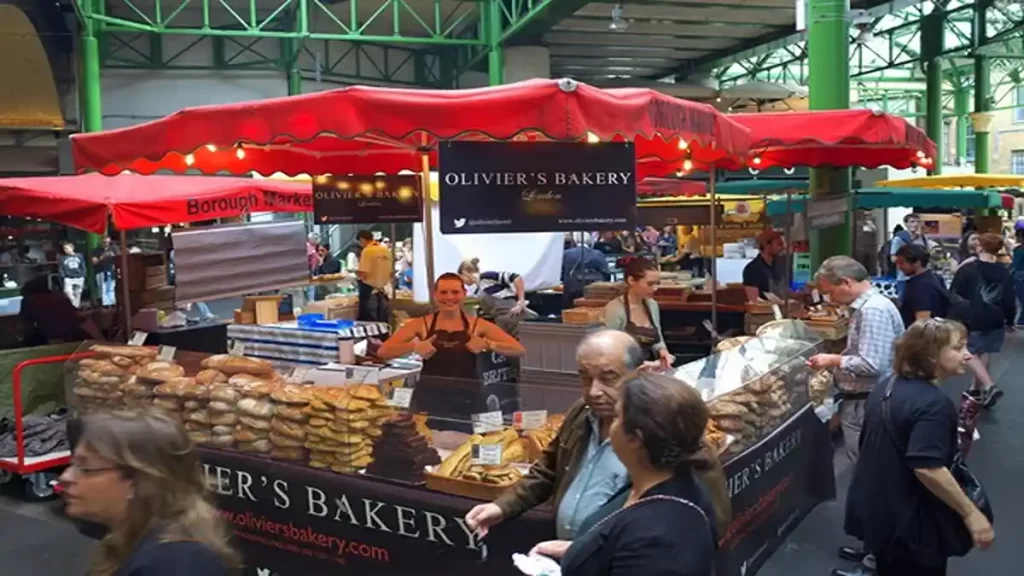
Managing Your London Budget
Managing costs for family trips to London England needs understanding where money disappears fastest. Use specific saving methods that don’t compromise experience quality or family satisfaction. Restaurant meals consume 25-30% of typical budgets. Careful meal planning reduces this to 15-20%. Don’t sacrifice food quality or dining experiences that children remember fondly years later.
Comprehensive Budget Breakdown
Your London budget should allocate funds across seven essential categories:
- Places to stay: 35-40% of total costs for accommodation
- Food and drink: 25-30% for meals and dining experiences
- Attractions and activities: 15-20% for admission fees and tours
- Getting around: 10-15% for transport costs
- Shopping and souvenirs: 5-10% for gifts and memorabilia
- Emergency fund: 5% for unexpected expenses
- Travel insurance: 2-3% for top quality family protection including medical coverage
Budget travel costs £60-80 per person daily. Stay in Zone 3 budget hotels or hostels with shared facilities. Eat pub food and street market meals that provide authentic local experiences. Visit free museums and parks that offer world-class attractions without admission fees. Use bus routes with off-peak Underground travel. This maximises sightseeing whilst minimising transport costs.
Mid-range travel requires £120-180 per person daily. Choose Zone 2 chain hotels or serviced apartments with family-friendly amenities. Mix restaurant and self-catering meals. This balances convenience with cost control. Visit major paid attractions with advance booking discounts. These reduce admission fees 15-25%. Use unlimited Oyster cards with occasional taxi use. This provides convenience during tired moments or weather challenges.
Luxury travel exceeds £300 per person daily. Stay in Central London 5-star hotels with concierge services and premium locations. Enjoy fine dining experiences at Michelin-starred establishments. These create special memories. Book private tours with skip-the-line access. This maximises time efficiency. Use black cab transport with private transfers. This eliminates public transport challenges entirely.
Money-Saving Implementation
Careful planning reduces London costs by 30-40% without compromising experience quality. Use timing optimisation and advance preparation. This requires minimal effort but delivers substantial savings. Advance booking provides significant discounts on theatre tickets purchased 3-6 months early. Buy attraction entries online rather than at gates. Make restaurant reservations during off-peak hours. These offer reduced-price menus with identical portions and service quality.
Group booking rates apply to families of 4+ for many museums and tours. Off-peak travel timing reduces transport and accommodation costs substantially. This works during shoulder seasons when London remains fully operational but prices drop significantly. Lunch menu dining at expensive restaurants provides dinner-quality meals at 40-50% reduced prices. This works between 12-3 PM at most London establishments. Even Michelin-starred venues maintain identical food standards.
Pro Tip: London City Hall offers free Thames viewing areas and lunch spaces. These provide comparable river views to expensive restaurant terraces. This saves £80-120 per family meal whilst providing identical photographic opportunities and outdoor dining experiences.
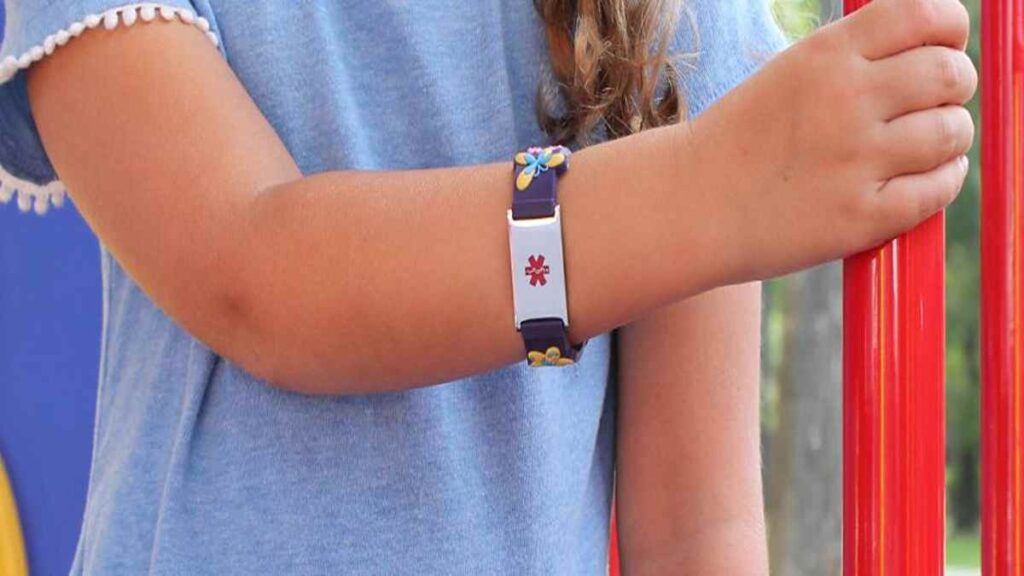
Safety and Emergency Preparedness
London is considered one of the safest big cities in Europe for families. Preparation prevents minor incidents from becoming major disruptions. These derail carefully planned itineraries and create unnecessary stress. Pickpocketing occurs frequently in tourist areas like Oxford Street and Covent Garden. This particularly targets distracted parents managing multiple children and shopping bags. Peak shopping hours provide cover for opportunistic thieves.
Family Safety Implementation
Your family safety approach must include identification systems for children. Add emergency contact protocols and meeting point procedures. Use these for crowded attractions where separation can occur instantly. Thousands of daily visitors create challenges. London’s Underground stations provide natural separation points. Children can easily become confused about platform directions during rush hour periods. Trains come in every 2-3 minutes, and people rush in all sorts of directions.
Identifying children needs waterproof wristbands that have hotel contact info and UK mobile numbers. These remain legible throughout active sightseeing days. Store recent pictures on parents’ phones for reference in case of emergencies. Use bright distinctive clothing for easy spotting in crowds of similarly dressed tourists. Provide whistles or noise makers for emergency attention. These cut through London’s constant background noise.
For non-emergency medical advice, you can reach out to NHS 111.
- NHS 111: Non-emergency medical advice operating 24 hours with multilingual support
- 999: Serious emergencies involving police, ambulance, or fire services requiring immediate response
- Hotel concierge: 24-hour contact numbers for local emergencies or navigation challenges
- Embassy contacts: Passport replacement or document issues that could affect travel arrangements
Meeting point procedures involve designating specific landmarks at each attraction. Don’t use vague “by the entrance” instructions. These become meaningless in crowds. Establish time limits for regrouping every 30-45 minutes. This prevents extended separations. Practice meeting point procedures before entering crowded areas. Children understand expectations better this way. Arrange backup meeting locations if primary spots become inaccessible. Crowds, closures, or emergency situations cause this.
Health and Medical Preparation
Medical preparation extends beyond basic first aid supplies. Include prescription medications for chronic conditions. Plan allergy management with local hospital locations. Learn UK healthcare system navigation. This differs significantly from other countries’ procedures and protocols. NHS walk-in centres offer great treatment for minor injuries and illnesses. These commonly occur during travel. Waiting times can extend to several hours during peak periods. Tourist injuries spike and local demand increases then.
Travel insurance is essential for all family trips to London England. Cover medical emergencies that could cost thousands of pounds. Include trip cancellation protection for weather-related delays or family emergencies. Add evacuation coverage for serious medical situations requiring specialised treatment. Prescription medications should include 50% extra supply beyond trip duration. Bring original prescriptions for customs clearance. Know generic medication names for local pharmacy purchases if needed.
Pro Tip: European Health Insurance Cards (EHIC) provide free NHS treatment for EU citizens. Coverage rules changed significantly after Brexit. Verify current validity and coverage limitations before travelling. This avoids unexpected medical bills.
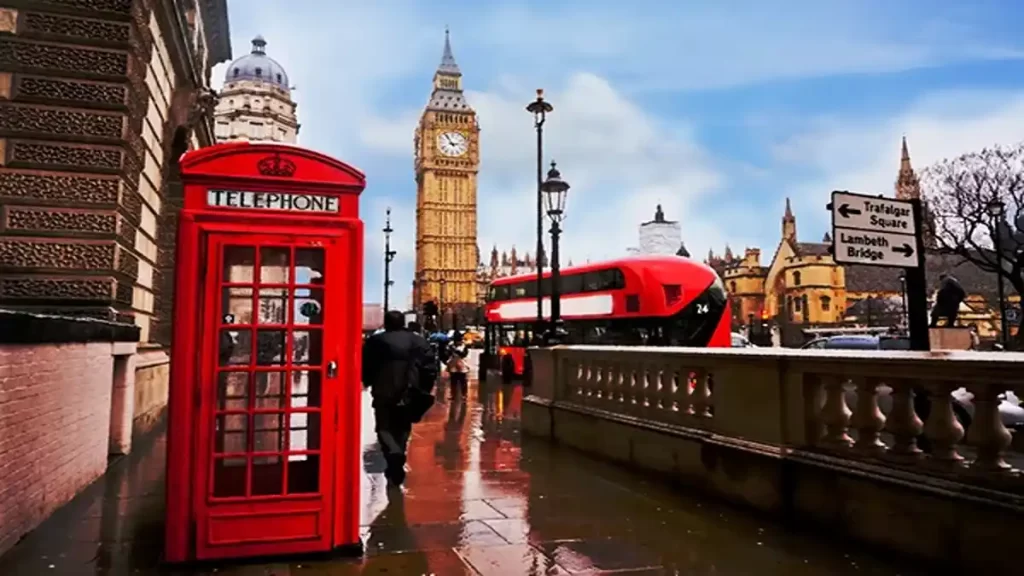
Essential Packing and Equipment
Packing for London needs specific gear that addresses the city’s unique challenges. These include unpredictable weather patterns that change hourly. Add extensive walking distances across varied terrain. Include diverse activity requirements ranging from formal theatre visits to muddy park exploration. Standard holiday packing lists prove inadequate for family trips to London England demanding environment. This tests equipment durability and family preparedness throughout long sightseeing days.
Equipment Selection Framework
Your equipment approach should prioritise items that solve multiple problems. Reduce the weight of your luggage and the airline rules that restrict how families can pack. Collapsible umbrellas are great for shielding you from unexpected rain showers. They also offer crucial sun protection during those rare heatwaves in London. Temperatures exceed 25°C and UV reflection from Thames water intensifies exposure. Portable phone chargers become absolutely essential when using navigation apps constantly. 8-10 hour sightseeing days drain smartphone batteries faster than normal usage patterns.
Weather protection requires compact umbrellas for each family member. Sharing during sudden downpours creates chaos and inadequate coverage. Use waterproof jackets with breathable fabric like Gore-Tex. This provides temperature regulation during active sightseeing. Pack quick-dry clothing layers for temperature variations. These work between air-conditioned museums and humid outdoor conditions. Choose waterproof shoes with superior grip. London pavements become treacherously slippery when wet from frequent rain or morning dew.
Technology requirements include portable battery packs with minimum 10,000mAh capacity. These charge multiple devices throughout long days. Use UK plug adapters with Type G three rectangular pins. These fit British electrical outlets. Download offline maps since Google Maps allows offline London access. This preserves data allowances. Install translation apps for diverse London neighbourhoods. A variety of languages are spoken, and navigating cultural differences requires some help.
Photography and Memory Creation
Capturing London memories requires equipment that balances photo quality with practical portability. Long walking days span 5-8 miles across diverse landscapes. Professional cameras attract unwanted attention in tourist areas. They create carrying burdens that exhaust parents. You’re already managing children, luggage, and navigation responsibilities throughout demanding itineraries. Smartphone cameras now provide excellent quality with built-in editing capabilities. These work perfectly for immediate social media sharing and cloud backup storage. This preserves memories instantly.
Photo planning should focus on golden hour opportunities between 7-8 PM during summer months. Thames riverside locations offer optimal lighting conditions then. Plan iconic landmark positioning that maximises family inclusion in memorable shots. Capture candid moments during street performer shows or market explorations. These showcase authentic London experiences beyond standard tourist photography.
Pro Tip: Portable tripods with smartphone mounts enable high-quality family photos at major landmarks. Don’t depend on stranger assistance. Use waterproof phone cases to protect expensive devices during unpredictable London weather. This can damage electronics worth hundreds of pounds.
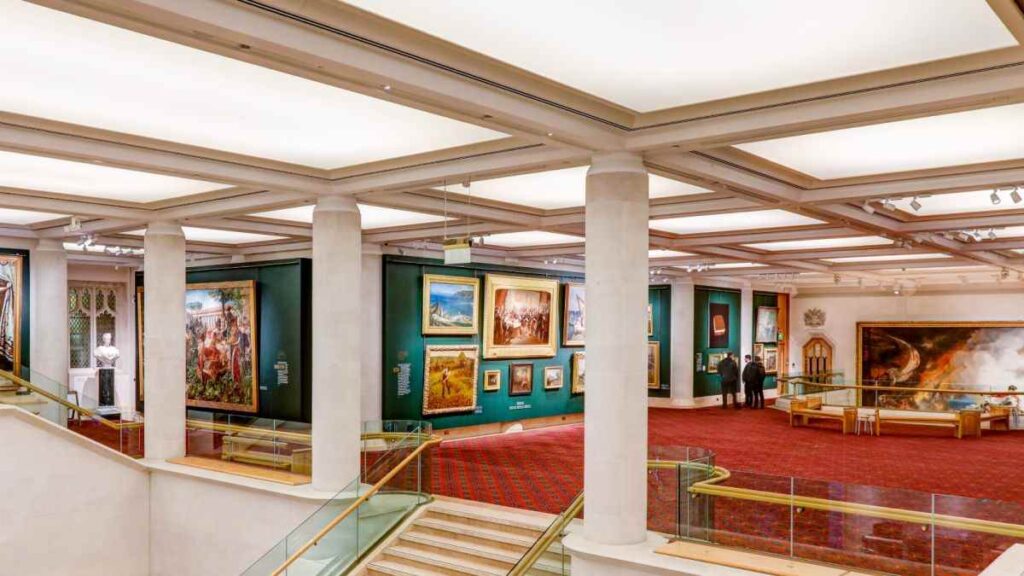
Planning and Insider Knowledge
Mastering London logistics separates memorable family adventures from stressful holiday disasters. Families remember these for negative rather than positive reasons. Local knowledge reveals timing shortcuts, crowd avoidance techniques, and hidden resources. These transform complex itineraries into smooth experiences. You’ll deliver maximum educational value whilst minimising common tourist frustrations. These derail family harmony.
These insights require years of London exploration to discover independently. Expensive trial and error makes expert guidance invaluable for successful family trips to London England. Families seeking efficient, enjoyable experiences benefit most. Theatre matinee performances cost 40-50% less than evening shows. They provide identical entertainment value with better visibility for children. Late-night scheduling creates challenges. Restaurant lunch menus offer dinner portions at significantly reduced prices between 12-3 PM. Most places in London uphold the same level of food quality and service standards.
Hidden Resources and Local Secrets
Free London resources include Guildhall Art Gallery. This features Roman amphitheatre ruins beneath modern building foundations. History-loving children find these fascinating. Leadenhall Market showcases Victorian architecture and Harry Potter filming locations. This blends shopping with entertainment. Sky Garden provides free panoramic views with advance booking. This rivals expensive observation deck experiences. Borough Market samples offer legitimate food tastings Friday-Saturday mornings. These constitute substantial snack opportunities.
Local family secrets encompass Diana Memorial Playground. This features elaborate pirate ship adventure equipment in Kensington Gardens. It rivals theme park installations. Hampstead Heath swimming ponds offer natural swimming experiences with qualified lifeguards during summer months. Greenwich foot tunnel provides unique Thames crossing opportunities with historical significance and photographic potential. Primrose Hill delivers spectacular London skyline views without London Eye crowds or admission fees.
On the first and third Friday of every month, the museum remains open until late. These combine reduced crowds with special exhibitions and adult-focused programming. This works perfectly for families with teenagers seeking sophisticated cultural experiences. Off-peak restaurant dining between 3-5 PM offers full menu access with reduced prices. You get superior service attention when staff have time for special dietary requirements or children’s needs.
Speakers’ Corner
Cultural immersion experiences feature Speakers’ Corner in Hyde Park, offering free political entertainment and lessons in democracy. Camden Lock markets present a chance to explore alternative cultures and find unique souvenirs. Brick Lane offers authentic multicultural dining experiences. These expand children’s culinary horizons. The Sunday Upmarket in Spitalfields offers a chance to sample artisan foods and enjoy creative craft demonstrations.
This comprehensive guide transforms family trips to London England from overwhelming adventures into well-organised successes. You’ll maximise educational value whilst minimising stress and unexpected challenges.
London’s complexity rewards thorough preparation with unforgettable experiences, cultural enrichment, and family bonding opportunities. These create lifelong memories justifying every planning hour invested.
Your family’s London story begins with smart preparation using proven frameworks. It ends with experiences inspiring return visits for years to come. Each builds upon previous knowledge and deeper appreciation for this remarkable city’s endless educational and entertainment possibilities.
Tip: Discover Incredible Destinations for Your Next Trip!

